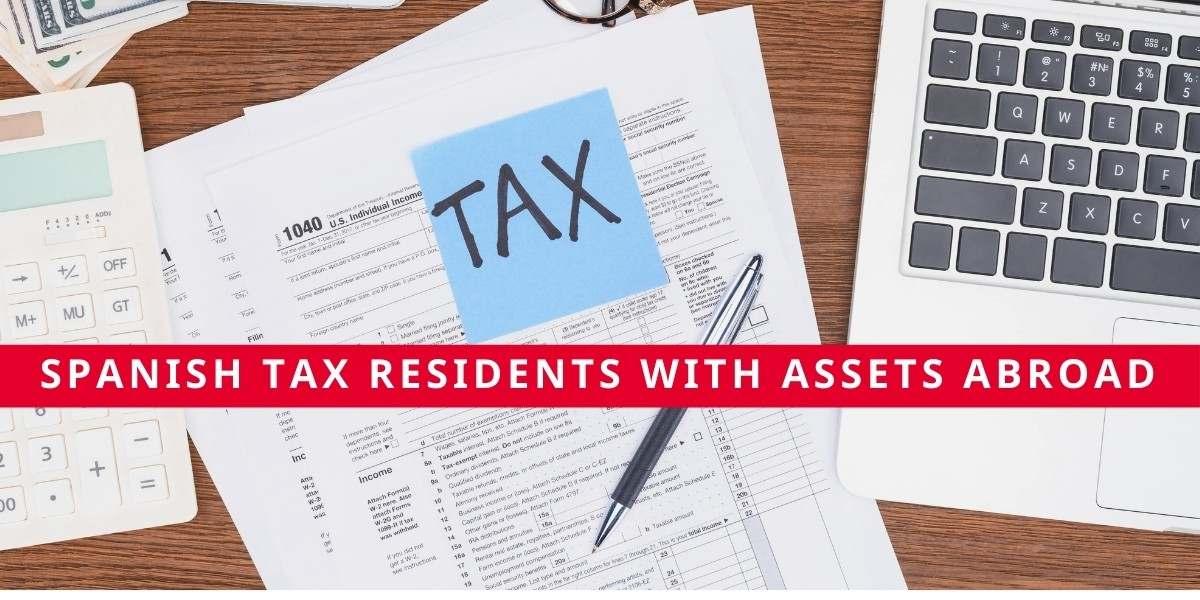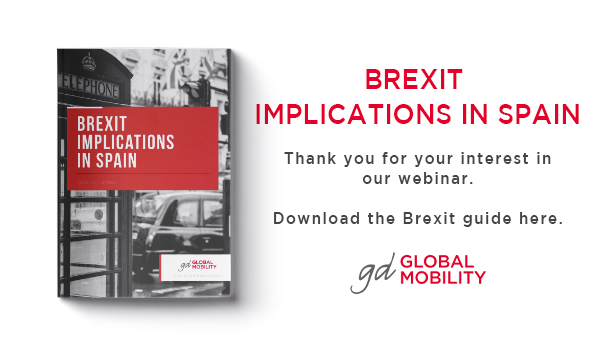
If you are a Spanish tax resident and possess assets, rights or obligations abroad you need to fill out the ETE, D-6 and 720
Who has to fill out the ETE, D-6 and 720?
Those who have to fill out the ETE, D-6 and 720 all have in common the fact that they are Spanish tax residents and possess assets, rights or obligations abroad.
Both natural and legal persons may be required to prepare the ETE and D-6 informative returns, while form 720 is reserved for individuals, with some exceptions in the case of legal persons.
Unlike the other declarations, one of the specialties of the 720 is the treatment received by taxpayers under the special regime for posted workers, who are exempt from having to fill it out.
What is declared in the ETE, D-6 and 720?
The ETE form has a double aim; on the one hand, it seeks to reflect remittances and payments made with non-residents and, on the other, it aims to collect information on assets and liabilities located in jurisdictions other than Spain.
Along with their returns, the concepts to be included are:
- Stockholdings and other forms of shares in capital.
- Negotiable securities deposited in non-resident entities and negotiable issues of the declarant abroad.
- Non-negotiable fixed income securities.
- Acquisitions/temporary assignments and loans of securities.
- Loans, credits, deposits and accounts.
- Plots, land and real estate.
- Financial derivatives.
- Commercial credits and other operations.
The scope of the D-6 form is not as broad as that of the ETE. The purpose of this form is the communication of negotiable securities deposited in banks or brokers not domiciled in Spanish territory, such as:
- Subscription rights and other similar rights.
- Shares with and without voting rights.
- Participation in investment funds.
- Long and short-term public debt.
- Other long-term debt not convertible into shares.
- Other long-term debt convertible into shares.
- Other short-term debt.
- Other securities and rights.
Some of the most common non-domiciled brokers in Spain are: DeGiro, Revolut, Interactive Brokers, eToro, JFD Bank, XTB, Flatex, and Activo Trade among others.
As for the 720 form, three blocks must be taken into account. Each block works as an independent information obligation as shown below:
- Accounts in financial entities located abroad.
- Securities, rights, insurance and income deposited, managed or obtained abroad.
- Real estate and rights to real estate abroad.
Limits, periodicity and deadlines for the ETE, D-6 and 720
The periodicity and deadline for the ETE depends on the highest non-net transaction between the transactions of the previous year and the assets/liabilities on December 31 of that year with non-resident transactions.
If the limit of one million euros is exceeded, an ETE must be completed. As long as the threshold of 100 million euros is not exceeded, the periodicity will be annual. The deadline is 20 days following the end of the period subject to declaration.
In general, the D-6 must be submitted annually when, on December 31, negotiable securities are held outside Spain. It needs to be submitted during the month of January.
Regarding the 720, this is annual and can be submitted from January 1 to March 31. As far as obligation is concerned, we need to distinguish between the first submission and subsequent submissions.
If filing for the first time, the threshold for each block is 50,000 euros. If any block increases by more than 20,000 euros or declared assets are extinguished the form must be resubmitted.
If you need to resolve any issues related to these statements, you can contact the GD Global Mobility professional who usually manages your affairs.




